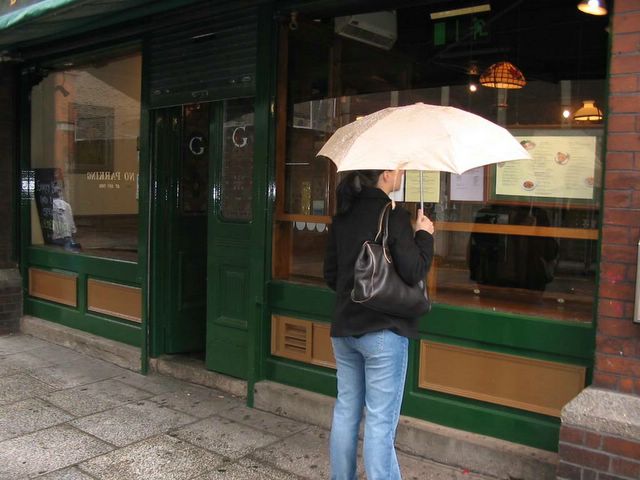Mercator, Peters, & Me
Next time I get interviewed on Fox, I hope it's about maps. Why? Well, for starters, the map of the world in common use is ridiculously wrong. And there is another version of that map that is better, but no one uses it. And let's face it, a group of angry cartographers is just general good fun.
The Mercator Projection is the map of the world you have seen most of your life. (The map on the right, above.) It is flat, obviously, and stretched out, so that the entire earth can appear on one page. So is the Peters Projection (map on the left) but Peters attempts to draw land masses so that they appear closer to actual size. I know! You've always thought the world map we have now is just fine. Well, maybe it was fine for Mrs. Grinrod's third grade classroom (what you up to, Mrs. G?), but according to Arno Peters, who unveiled his alternate map in 1973, the Mercator Projection is inaccurate and racist.
Whoa--the race card! But what else can we call a map that makes the Western world (North America and Europe) appear large and prominent, while Africa, Asia, and South America are squashed down and shrunken to fit in where they can. It is a little weird that Greenland looks as big as China, isn't it?
Take a look at the maps again. Europe, in reality, is 3.8 million square miles. South America is 6.9 million miles square, nearly twice as big. You definitely wouldn't know it from the Mercator map. It's not just South America that gets short shrift, but anything south of the equator. On Mercator, the North looms over the South, appearing dominant as a result of its superior size. This despite the fact that the Southern part of the earth is almost twice as large as the Northern. I like backpacking in Prague as much as the next eternal college student, but it turns out Europe actually isn't the only place in the world.
The Mercator Projection was drawn up in 1569 (hardly a politically-correct era) for the sole purpose of ship navigation. Naturally, those swashbuckling map-makers paid absolutely no attention to relative sizes of country in making this map. And why should they? The Mercator map was made to show ships where they would end up if they sailed in a straight line, and it does. The problem came about a few centuries later when Rand McNally and friends decided to use Mercator for everything else.
So what about going with this Peters map, you ask? Why on earth (haha) isn't everyone using it? Well, the Peters Projection has some detractors of its own, like those who say Peters is just ripping off earlier mapmaker (and clergyman) James Gall, who proposed something similar in 1855. Another naysayer is prominent cartographer Arthur Robinson, who mean-spiritedly refers to the Peters map as "wet, ragged long winter underwear hung out to dry on the Arctic Circle." A little personal, but I guess you can see his point.
However, isn't the real point not aesthetics, but reality? And not who drew it first, but what do we have now? What does the world look like? How big are our continents? Those questions seem worth answering, if only because I'd rather see something that aims to be real, rather than familiar or just more pleasing to the eye.
Speaking of truth, it must be said that it is impossible to plot the spherical onto a flat plane without distortions. The sad fact is, our earth doesn't exactly look like the (Gall) Peters Projection either. But it's closer to the truth and it tries the hardest, and we like that. It also seems time for Greenland to be taken down a peg or two.


0 Comments:
Post a Comment
<< Home